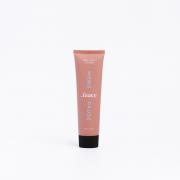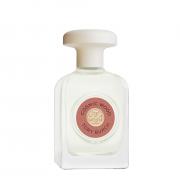Sun exposure can lead to a range of problems, the most serious of which is skin cancer. Dr Sandra Minor, a Sussex Consultant Dermatologist, explains how to protect your skin from damage
As summer approaches we all look forward to spending more time in the open air and enjoying outdoor activities.
The sun helps the skin produce Vitamin D, which is essential for healthy bones. However, if we overdo sun exposure it can lead to a range of skin problems, the most serious of which is skin cancer
More than 70,000 new cases of skin cancer are diagnosed annually in the UK and sun exposure is thought to be responsible for the majority of cases.
Taking some simple precautions whilst outdoors or on a sunny holiday can help protect you from the risk of skin cancer and other skin problems such as premature ageing of the skin, sunburn, photosensitive rashes and prickly heat.
A tan is actually a sign that your skin is already harmed by sun exposure and is trying to defend itself by producing more pigment. You may tan even if you use a sunscreen as no sunscreen is 100% effective and it may wear off or may not have been applied frequently enough.
Sunscreens should not be used as an alternative to clothing or shade, but rather to provide additional protection.
People at high risk of skin cancer have:
1. Very fair skin that burns easily.
2. Personal or family history of skin cancer.
3. Lots of moles.
4. Treatment with immunosuppressive drugs.
Spring and summer are good times to think about your skin. Be aware of any new lesions or changes in any of your moles or freckles.
If you are at all concerned, have a skin check.
Dermatologists often pick up skin cancers and precancerous lesions before a patient is aware of them. Early detection and treatment is crucial.
Top Sun Safety Tips
1. Wear protective clothing, including a hat, t-shirt and UV protective glasses.
2. Spend time in the shade between the hours of 11am – 3pm.
3. Keep babies and young children out of direct sunlight (sun damage is cumulative and damage suffered in childhood shows up many years later in adult life).
4. Use a sunscreen of at least SPF30 and a high star rating.
5. Apply sunscreen generously – more is better, (a 30g tube is needed to cover the body of an average adult).
6. Re-apply sunscreen every few hours and after swimming.
7. Apply sunscreen 15-30 minutes before going out in the sun and allow to dry.
8. Avoid sunbeds.
ABOUT THE DOCTORDr Sandra Minor has worked as an internationally renowned Consultant Dermatologist for over 20 years and has extensive knowledge and experience in all aspects of Dermatology. She worked for many years in the USA where she gained an international perspective, she now works in Chichester.


























